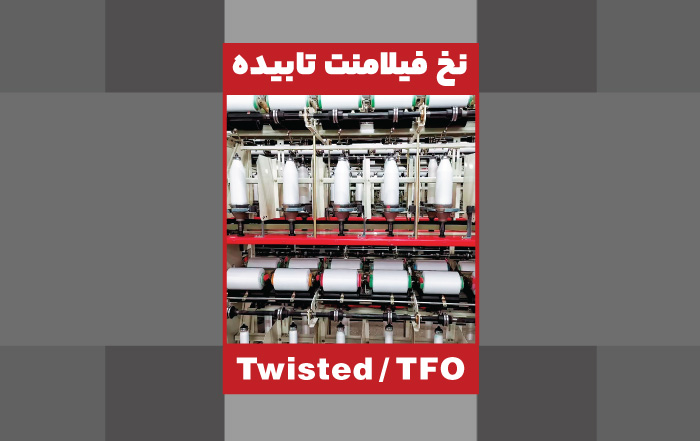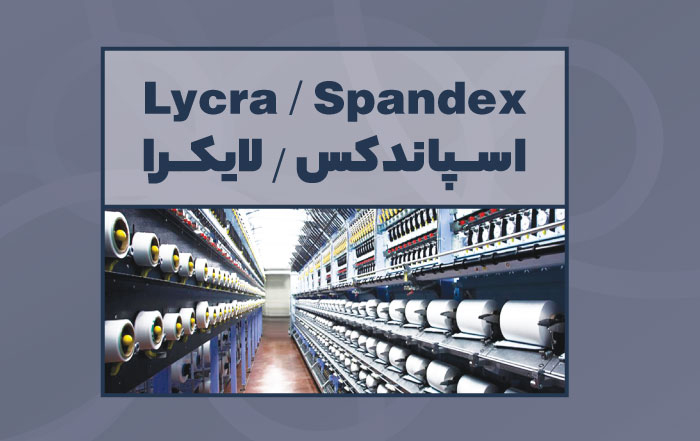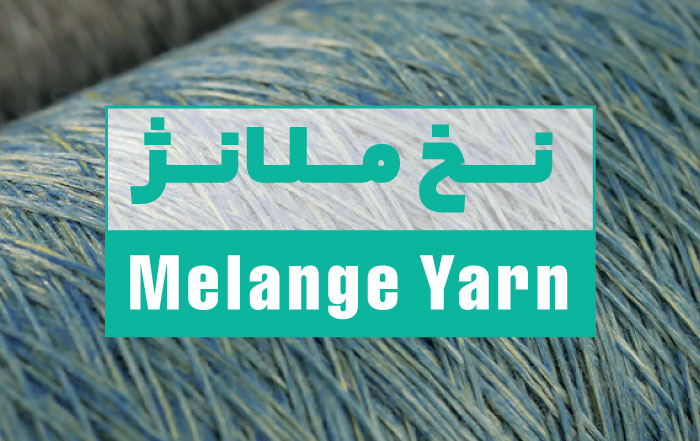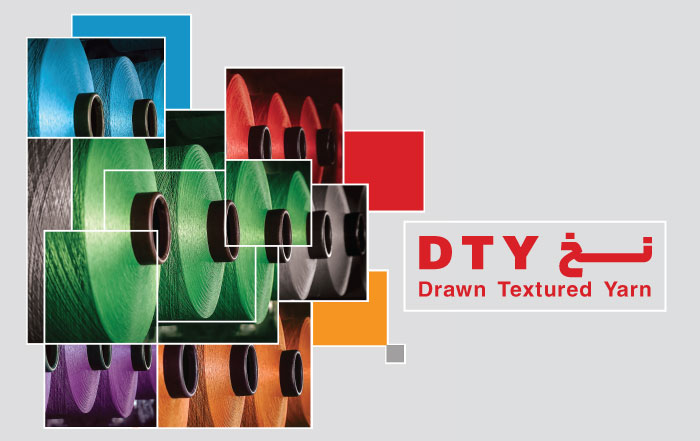Brief history:
To introduce the ITY yarn, we will first discuss the idea of its formation. For the first time in 1960, in Japan, two types of yarn with different properties were combined with each other with the aim of creating a different yarn, and this yarn was called Shingosen (meaning new synthetic yarn). The continuation of the research included the combination of two or more types of yarn with different characteristics (especially thermal shrinkage). Today, ITY yarns, which stand for Intermingled Textured Yarn or Interlock Twist Yarn or Interlace Textured Yarn, are produced from the combination of POY and FDY yarn with different shrinkage percentages. Also, the term (BSY) Bi-Shrinkage Yarn, which means a yarn that shrinks in itself, is also used for ITY yarn.
Properties:
Due to the structural characteristics of POY yarn (see the POY yarn article), its presence in the ITY structure improves the dyeability properties. Also, due to the different shrinkage percentage of POY and FDY, the resulting ITY yarn has curls and waves in its structure without the need for warping and thermal stabilization (texturing process). As a result, the resulting ITY yarn without texturizing has a textured state, hence it is known as self-texturing yarn.
Method of production:
Two-step method: In the two-step method, POY and FDY yarns are produced in separate processes and then merged together.
Due to the increasing use of ITY yarns in the textile industry, the mentioned methods are not cost-effective, so a single-step production method is used for its production.
One-step method:
With the development and optimization of spinning melting machines, it is possible to produce ITY yarn in one step. In this method, POY yarn and FDY yarn are produced and integrated in a spinning melting machine. This method increases the production speed of ITY yarn to more than 3200 meters per minute.
applications:
Due to the mentioned properties, this type of yarn has many uses, including in the production of crepe fabrics. Also, the merging of two types of yarn with different shrinkage percentages causes intermittent protrusions of one component of the overall structure of the yarn, and hence it is used in peach skin fabrics (Peach Skin and Wool Peach) and creates a soft and delicate underhand on the surface of the fabric.







Leave A Comment